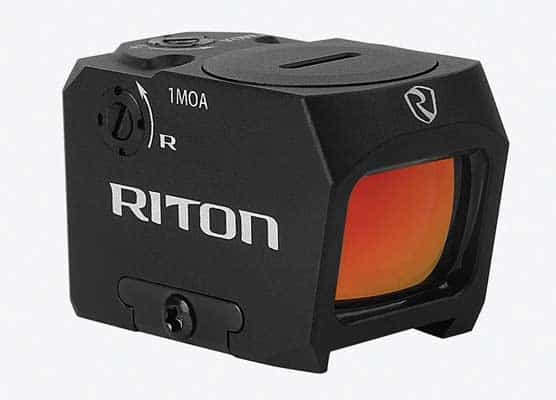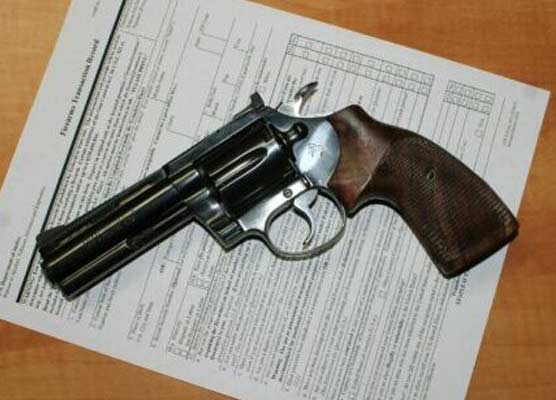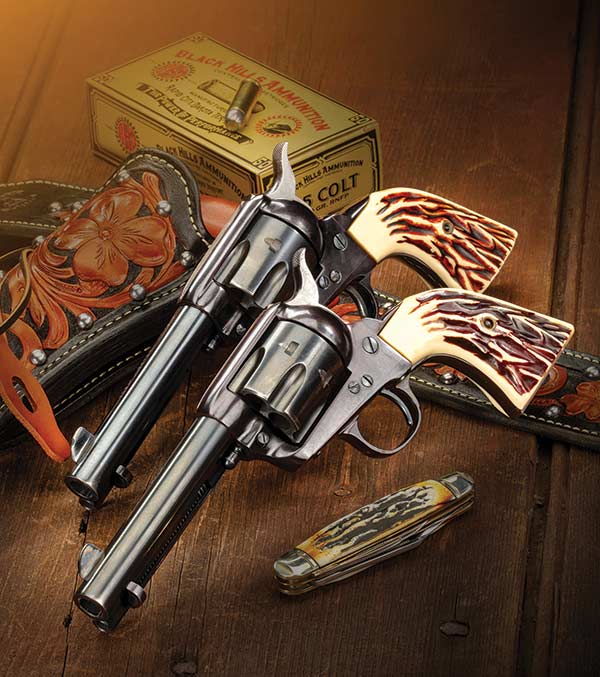Huntin’ And Shootin’ Pals
Campfires, Pistols & A Little Libation Make All The Difference
If there is a common thread among “gun people” it would be how we enjoy each other’s company, whether it’s in the field, at the range, on a ridge or around a campfire. With some suitable libations, we can solve the world’s problems, figure out what’s wrong with folks who dislike us, and disagree without being disagreeable.
My longtime pal Brian Lull was back early from his seasonal job in Alaska and wanted to go hunting. I told him to bring along his Ruger 22/45 MK III, as I’d never had the chance to fire it, and wanted to compare it to my own MK IV in terms of balance and accuracy. We set up camp at a spot we’d been to many times in the past in the mountains west of Naches, Washington. It was in the area where my dad graduated from high school in 1940 while my granddad was supervising construction of the original Forest Service ranger station there.
We shared a couple of good campfires, talked guns and hunting, reminisced about all kinds of stuff, broiled steaks over an open fire and made plans for the upcoming elk season. We even raised a toast or two at the campfire in memory of good friends gone. The next day, we did a little pistol comparison.
Introduced in 2004, the 22/45 MK III was, and remains, a .22-caliber semiautomatic pistol with a great pedigree. The original 22/45 was introduced back in 1992, and it was a departure from the basic Ruger semi-auto platform because it had a grip frame designed to replicate the feel and look of the Model 1911. On that level, it scores.
More than a decade later, the MK III came along with its Zytel polymer grip frame featuring checkering on the grip panels, serrated front strap and checkered back strap. Brian’s specimen was a handsome two-tone model with a stainless-steel bull barrel and receiver offset by the black grip frame. It has a fiber optic front sight, adjustable rear sight, and it shoots like the proverbial house on fire. It weighs 32 ounces, according to specs I dug up online. Rifling is cut 1:16 inches with six lands and grooves on a right-hand twist.
This pistol features a loaded chamber indicator on the left side of the receiver, which I found to be a plus-minus feature; great for safety but in my case a little distracting. I don’t have this feature on either of my Ruger pistols, but that is neither good nor bad. My guns are definitely well-built and superbly safe, as is Brian’s MK III model. They just have that difference.
Loading Up
That particular weekend, while I was working up a ridge looking for a buck, Brian hunted a little swampy area, where he put the hurt on a snowshoe hare which was beginning to transition from summertime brown to winter white. He used a shotgun on the critter as he was looking for grouse, but when opportunity presents itself, he’s reliably quick on the trigger.
Back at camp, we pulled out our pistols and went to work. A paper plate at about 20 yards offered a reliable target, propped against a stump. To my satisfaction, I found the pistol to be consistently “small-game-accurate,” and — no surprise here — it fit perfectly into the Triple K holster built for my MK IV.
We were shooting up most of a box of older CCI rimfire ammunition with 40-grain RNL and aside from a few misfires — the problem was with the cartridges, not the pistol — it was an enjoyable half hour between lunch and breaking down the campsite to head for home.
There is a noticeable difference between the 10-round MK III 22/45 magazine and the 10-rounder for my MK IV. The angle is different and the floorplate significantly different. Aside from the loaded chamber indicator, that floorplate requires getting used-to. But loading the two magazines for Brian’s gun repeatedly went smoothly, and there were no feeding problems. When the magazines went empty, the bolt locked back and thanks to push button ejection, they came out easily.
Ruger Reliability
I’ve probably written this before, but it bears repeating. I have yet to personally experience any major trouble with a Ruger .22-caliber semi-auto pistol. The things are just plain reliable.
The design is inherently accurate, especially models with adjustable sights. I have missed one (1) grouse with either of my pistols in all the years I’ve had them, and my 25-yard targets have told the tale many times over.
Brian’s pistol was a little top heavy with its bull barrel and polymer grip frame, but if one just follows the basics of “front sight, rear sight, press,” the bullet will go exactly here it’s supposed to, and whatever is on the receiving end is going to have a hole in it.
I can’t count the number of fellow deer and elk hunters I’ve encountered over the years who were carrying a Ruger rimfire in a belt or shoulder holster in case they stumble upon a cottontail or blue grouse while looking to notch a tag. There’s a reason, of course. Even in the crummiest conditions — snow, cold rain or a combination of seasonal crud — they work.
I was especially impressed with the 22/45’s bolt release, which is not present on my pistol. It is another reminder of this pistol’s effort to somewhat duplicate the functions of a Model 1911. The guys who designed this variation obviously knew what they wanted, and what consumers would want as well.
Media Mistrust
I recently reported about a Rasmussen survey showing how 56% of likely voters do not think the news media delivers accurate reports. Oh, say it ain’t so!
I’ve found Rasmussen polling to be reliable, informative and frequently provocative, so it is a good resource.
According to the Rasmussen poll, taken in October prior to the election, 30% of respondents said Fox News “is the cable TV news channel they are most likely to trust.” Coming in second place at 23% was CNN, while MSNBC and Newsmax were tied at 15%.
“Among those who say they trust cable news for political news, most name either Fox News (38%) or CNN (29%) as the most trusted channel,” Rasmussen said.
Among identified Democrats, 40% said CNN is their most trusted news source, followed by MSNBC at 26% and Fox News at 16%. Meanwhile, 46% of Republicans prefer Fox News, followed by Newsmax at 26% and CNN at a distant 11%.
Among Independent voters, 45% trust independent online news sources for political news, along with 34% of Republicans and 22% of Democrats, according to Rasmussen.
Question for readers:
What’s your preference for getting news? ABC, NBC, CBS, Fox, MSNBC, CNN or Newsmax, or someone else? (Presuming you follow the news, and you really should.)









